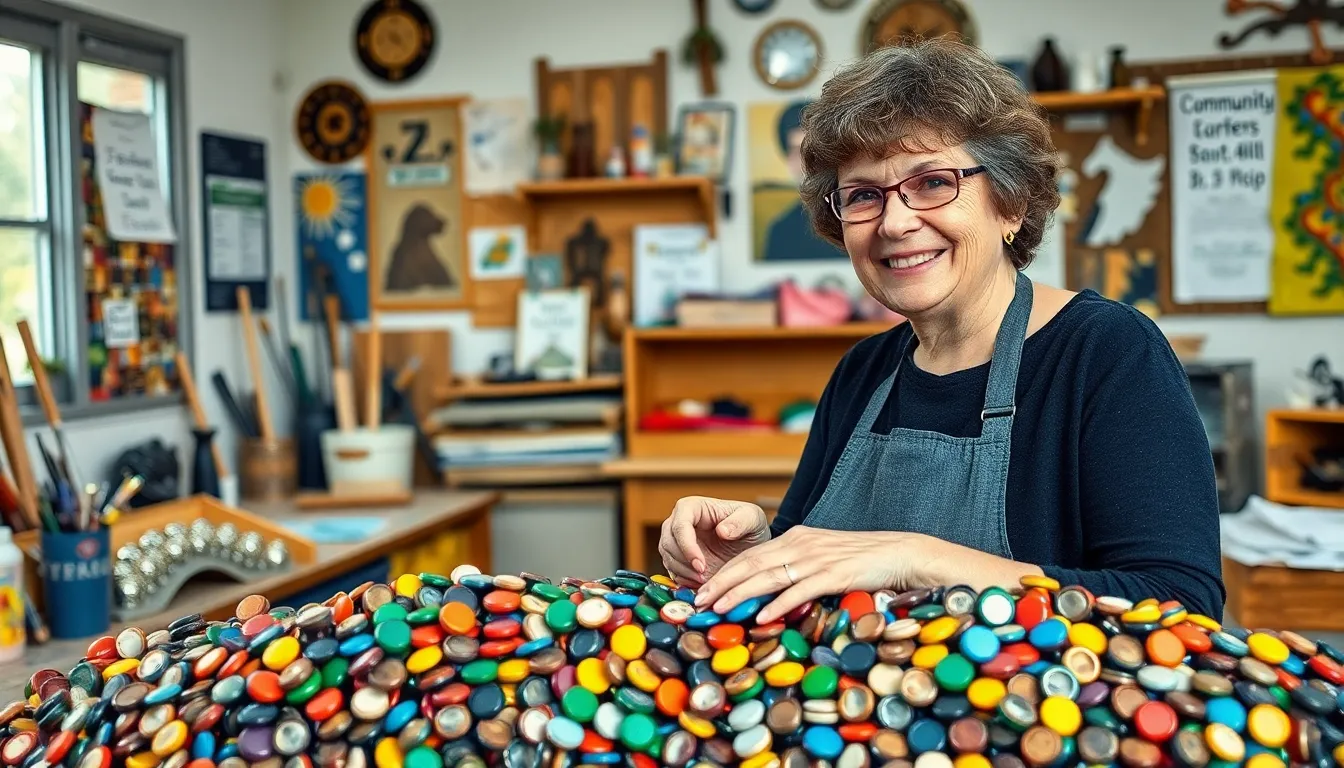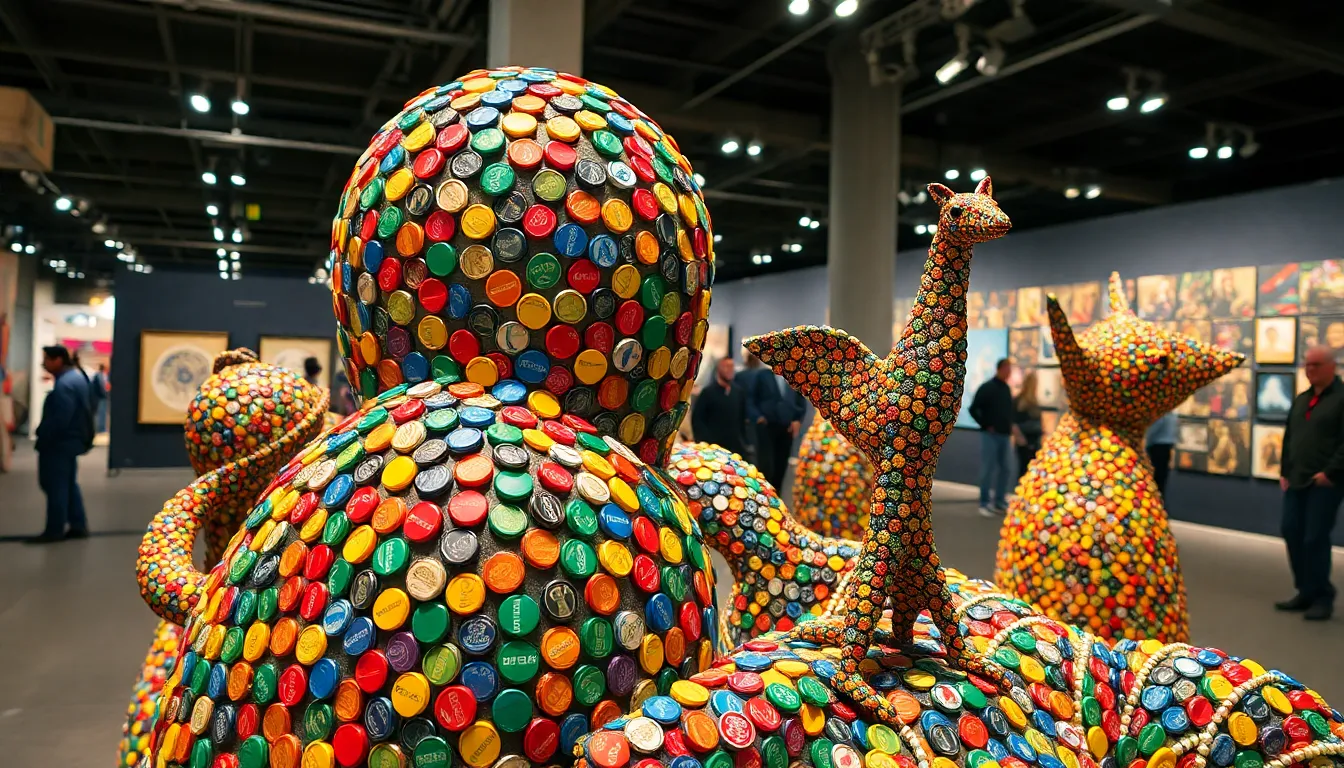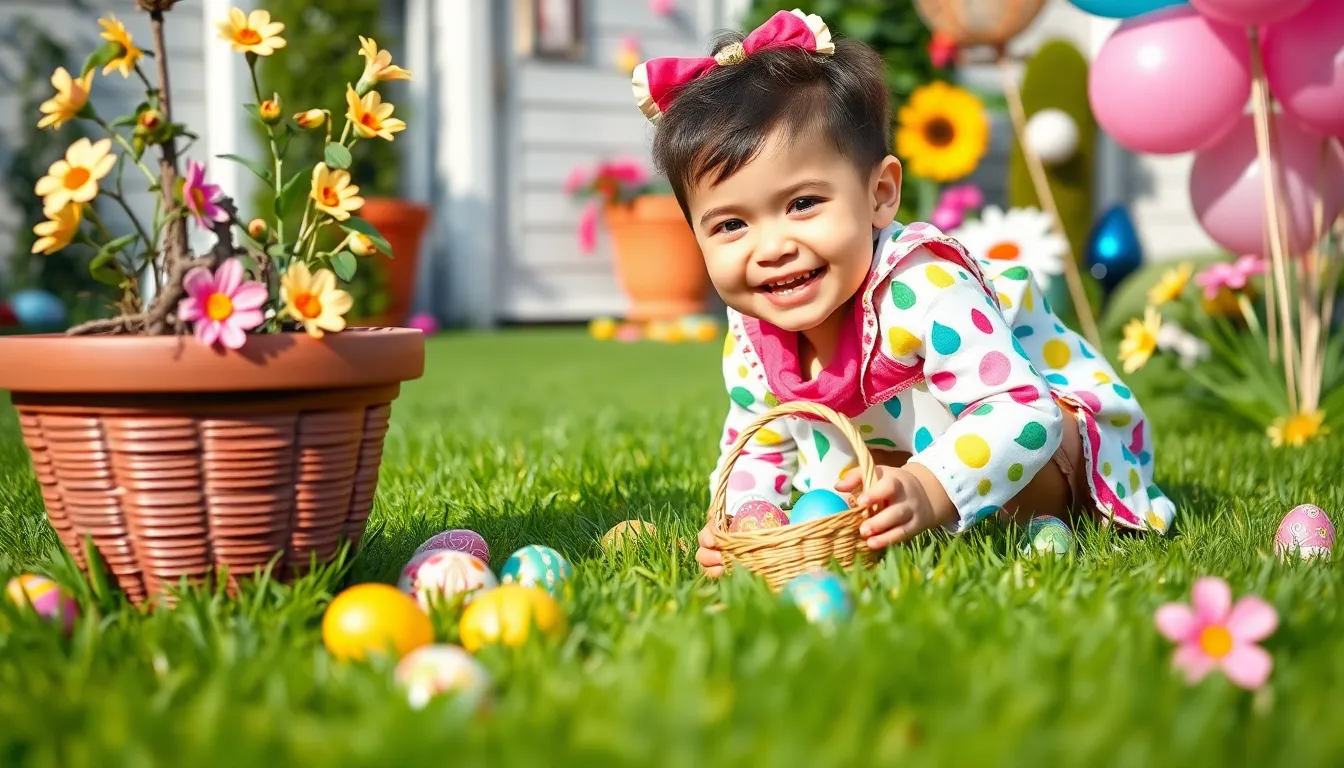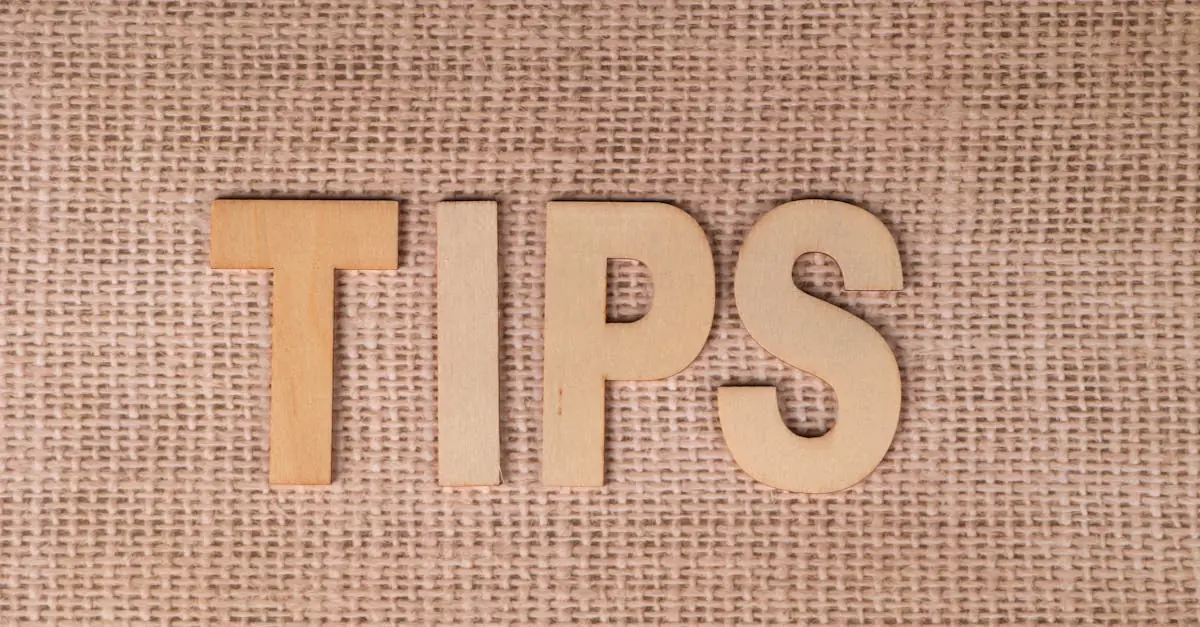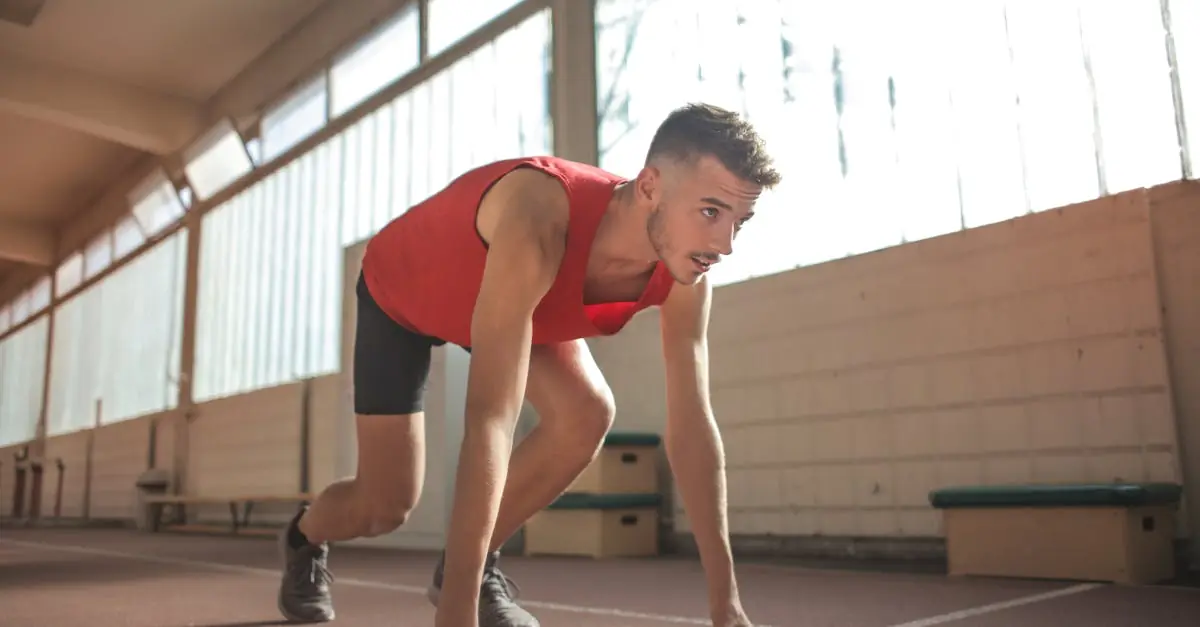Imagine transforming mundane bottle caps into stunning pieces of art that spark joy and conversation. Bottle cap art isn’t just a quirky hobby; it’s a creative revolution where everyday items become extraordinary. From vibrant mosaics to intricate sculptures, this unique art form invites anyone to unleash their inner artist while giving a second life to what would otherwise end up in the trash.
Table of Contents
ToggleWhat Is Bottle Cap Art?
Bottle cap art involves creating artworks using discarded bottle caps, turning waste into creativity. Artists collect various types of caps, including metal and plastic, and repurpose them into fascinating designs. Often, the vibrant colors and unique textures of the caps contribute to the visual appeal of the final piece.
Some artists create intricate mosaics, forming images or patterns by arranging numerous caps. Others focus on three-dimensional sculptures, adding depth and character to their creations. Many utilize bottle caps to craft functional items, like coasters or wall decor, blending practicality with artistry.
Participation in this movement encourages environmental awareness, promoting the recycling of materials that often end up in landfills. Community workshops and social media platforms increasingly support aspiring artists, providing platforms to share their artwork. Individuals exploring bottle cap art frequently gain confidence through their creative expressions.
In addition, artists often collaborate with local businesses or organizations to source materials, fostering community engagement. Exhibitions highlight this art form’s diversity, showcasing works that resonate with different audiences. The accessibility of materials makes bottle cap art inviting for all skill levels, inspiring novice artists to get involved.
Ultimately, this unique art form combines creativity with sustainability, making it an important part of contemporary art practices. Many recognize the significance of bottle cap art in encouraging resourcefulness and innovation.
The History of Bottle Cap Art
Bottle cap art has roots that trace back to the mid-20th century. The use of discarded bottle caps as artistic mediums began gaining popularity as artists looked for sustainable practices.
Early Origins
Initially, artists saw potential in bottle caps during the 1960s. Artists from various backgrounds collected caps from soft drinks and beers, turning everyday waste into creative expressions. Folk artists and amateurs started crafting simple mosaics and decorations, showcasing innovative approaches to materials that typically went unnoticed. This transformative view of waste aligned with the beginnings of the recycling movement, emphasizing environmental awareness in art.
Evolution Over Time
Over the following decades, bottle cap art grew in complexity and popularity. The rise of social media platforms in the 2000s helped artists connect and share their creations, fostering a global community. Various artists began exploring advanced techniques, incorporating bottle caps into large-scale installations and intricate sculptures. Exhibitions highlighted the versatility of caps, ranging from abstract designs to functional objects. The artistic dialogue surrounding bottle cap art has expanded, encouraging collaboration among artists, environmentalists, and communities to further the message of sustainability and innovation.
Techniques and Materials
Bottle cap art utilizes various techniques and materials to create stunning pieces. Artists explore their creativity using simple tools and readily available items.
Common Techniques Used
Mosaic creation stands out as a popular technique, involving the arrangement of caps into intricate patterns. Sculpting provides another dimension, allowing artists to build three-dimensional structures. Some artists employ collage methods, layering caps to form unique textures and images. Painting caps before incorporating them adds depth and vibrancy to the final artwork. Additionally, assemblage incorporates miscellaneous materials alongside bottle caps, expanding the artistic expression.
Unique Materials Integrated in Art
Artists include diverse bottle cap types, such as metal, plastic, and even cork. Crafting materials like glue, wire, and wood complement the caps. Reclaimed wood frames enhance the visual presentation of bottle cap art. Other artists experiment with paint, resin, and varnish to finish and protect their creations. Incorporating found objects, such as old toys and hardware, allows for innovative designs and promotes sustainability.
Inspirational Bottle Cap Art Projects
Bottle cap art inspires creativity and sustainability. Numerous artists and DIY enthusiasts explore this unique medium, transforming everyday items into stunning artworks.
Famous Artists and Their Work
Prominent bottle cap artists include Angela B. and David W. Angela B. creates vibrant mosaics, capturing landscapes through colorful cap arrangements. David W. focuses on large-scale sculptures that showcase intricate designs, often bringing attention to environmental messages. Their works highlight the diverse potential of bottle caps, encouraging others to experiment. Each artist demonstrates how ordinary materials can create extraordinary pieces.
DIY Projects for Beginners
Beginners can start simple with bottle cap art by creating coasters. Collect various caps and arrange them in a circular pattern to form a base. Another easy project involves making wall art; paint a canvas, then glue caps in a desired pattern. Furthermore, individuals can try assembling keychains by attaching caps to key rings. Each of these projects requires minimal tools, making bottle cap art accessible to all skill levels. Engage creativity with these beginner-friendly ideas that promote sustainability.
Benefits of Creating Bottle Cap Art
Bottle cap art offers numerous benefits that extend beyond mere aesthetics. Artists and enthusiasts engage in this creative practice to promote sustainability and self-expression.
Environmental Impact
Creating art from bottle caps significantly reduces waste. Many discarded caps that typically end up in landfills find new life as vibrant art pieces. By repurposing materials, artists contribute to environmental awareness and the recycling movement. The practice encourages individuals to consider their consumption habits and explore ways to minimize waste. This art form serves as a visual reminder of the importance of reusing materials, reinforcing the idea that creativity can address environmental issues. Community involvement and collaboration further amplify this positive impact, leading to shared resources and collective efforts to promote sustainability within local areas.
Creative Expression
Bottle cap art fosters unique creative outlets for individuals. Each piece allows artists to showcase their personal style, transforming mundane materials into eye-catching designs. Diverse techniques, such as mosaics, sculptures, and collages, invite experimentation and challenge conventional notions of art. Engaging with various colors, shapes, and textures sparks imagination and inspires artistic innovation. Artists of all skill levels can participate, making this form of artistic expression accessible to everyone. The freedom to mix and match materials also encourages the exploration of new ideas, encouraging a sense of community and collaboration among creators. Through this art, individuals find confidence in their ability to transform the ordinary into extraordinary.
Conclusion
Bottle cap art stands as a testament to creativity and sustainability. By transforming everyday waste into stunning artworks, artists not only express their individuality but also promote environmental consciousness. This vibrant movement fosters community engagement and inspires people of all skill levels to explore their artistic potential.
As more individuals embrace this unique medium, the impact on both personal expression and environmental awareness continues to grow. The accessibility of materials and techniques makes it easy for anyone to get involved, encouraging a culture of innovation and resourcefulness. Ultimately, bottle cap art invites everyone to see the beauty in repurposed materials, turning the ordinary into something extraordinary.

